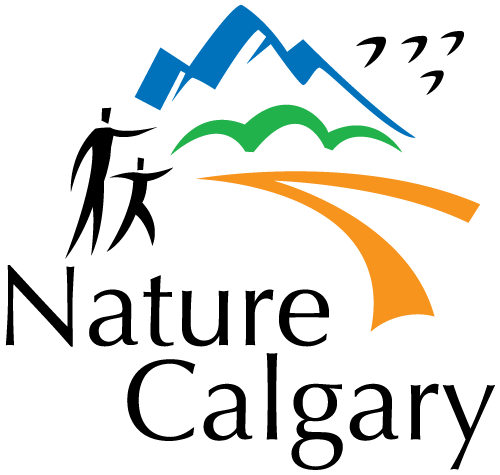
- This event has passed.
December Speaker Series: Wildlife, Landscapes & Geology – Exploring Connections
December 18, 2024 @ 7:30 pm
If you want to view wildlife in spectacular landscapes, it helps to know a bit about the local geology. From rugged mountains, to the rain shadow of the prairies, to deeply entrenched rivers, and glaciated terrain, geology strongly impacts where wildlife lives.
Sixty million years of erosion of the Rocky Mountains has created the rugged habitat on which mountain goats and bighorn sheep have adapted to survive, virtually hanging onto sheer vertical cliffs formed on ancient reefs. To observe mountain goats in the Rocky Mountains, look for salt licks in the rock flour of drained glacial lakes to which the animals travel far every summer. Talus slopes and rock falls, the debris of that erosion, has created protective habitat on which pikas and hoary marmots depend.
Every spring and fall thousands of golden eagles migrate the length of the Rocky Mountains. Their route is controlled by southwest-dipping alpine slopes onto which strong prevailing westerly winds blow, creating loft that these giant birds take full advantage of. Harlequin ducks and American dippers breed and feed in rapids and waterfalls of fast mountain streams where turbulent water flows over erosion-resistant rocks called knickpoints.
In the prairies pronghorn antelope require semi-arid, flat to gently rolling glacial terrain and expansive mixed grassland for survival. This setting allows antelope to use their long-range vision and capability to escape predators with intense bursts of speed. The vegetation on which antelope feed is controlled by aridity in the vast rain shadow of the Rocky Mountains. South-facing slopes of entrenched eroding river valleys, glacial meltwater channels, and badlands coulees provide favourable habitat and warmth for the greater short-horned lizard, prairie rattlesnakes, eastern yellow-bellied racers, and bullsnakes
During the last glaciation the kilometres-thick Laurentide Ice Sheet depressed the Earth’s crust across the prairies. When the ice melted, the heavy load was reduced causing the prairies to uplift and river valleys to become deeply entrenched. Today, meandering rivers in valley bottoms allow for the growth of towering cottonwood forests, which are oases providing specialized refuge from sun and heat for birds, reptiles, and mammals.
Join Dale for an informative and engaging event to investigate the close relationship between wildlife, landscapes, and geology.
Speaker biography:
Dr. Dale Leckie is a geologist, speaker, and local best-selling author who worked at the Geological Survey of Canada and as chief geologist at Nexen, a large Canadian energy company. He has edited numerous books and published widely on the geology of western Canada. He is adjunct professor in the in Earth, Environment and Energy at University of Calgary. Dale has been recognized for his long-term contributions to geology and is an honorary member of Society for Sedimentary Geology and Canadian Energy Geoscience Association. Dale is 2024 recipient of the Geosciences in the Media Award by the American Association of Petroleum Geologists for his first two books.
Wildlife, Landscapes, and Geology: An Alberta and Saskatchewan Touring Guide is the third of his trilogy of best-selling books encouraging people to get out and explore. Dale’s previous books The Scenic Geology of Alberta, and Rocks, Ridges, and Rivers were both best sellers all summer long the years they were released.
